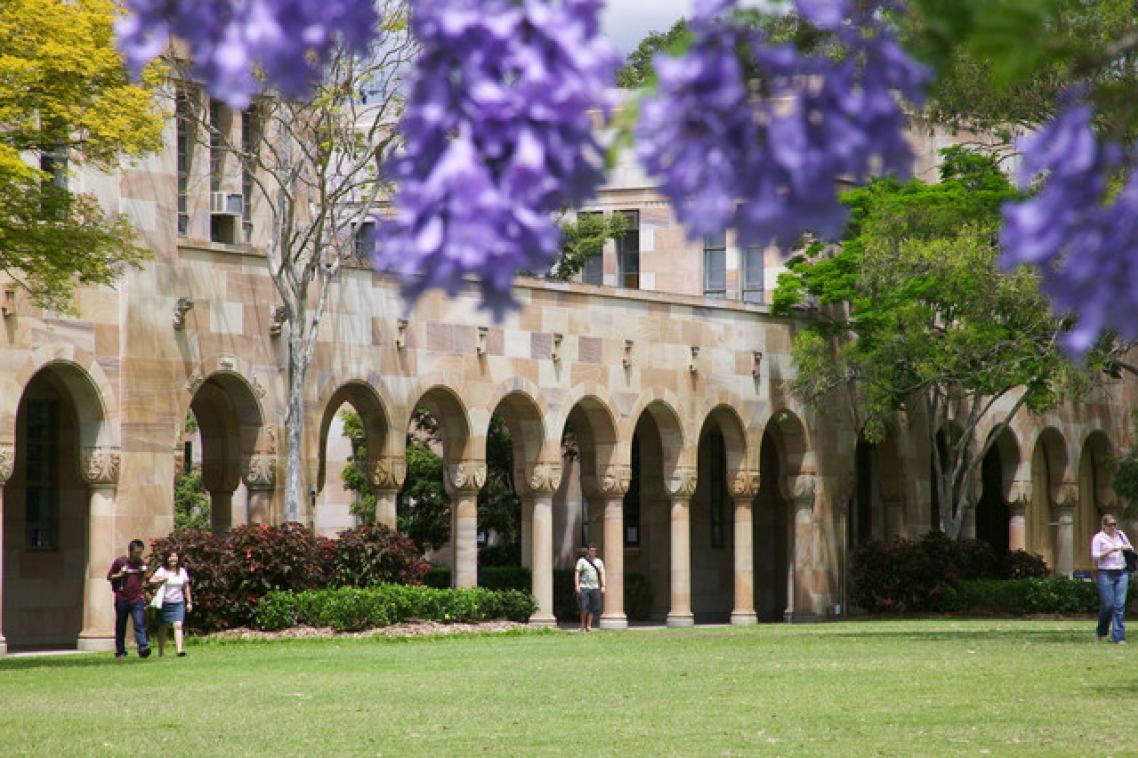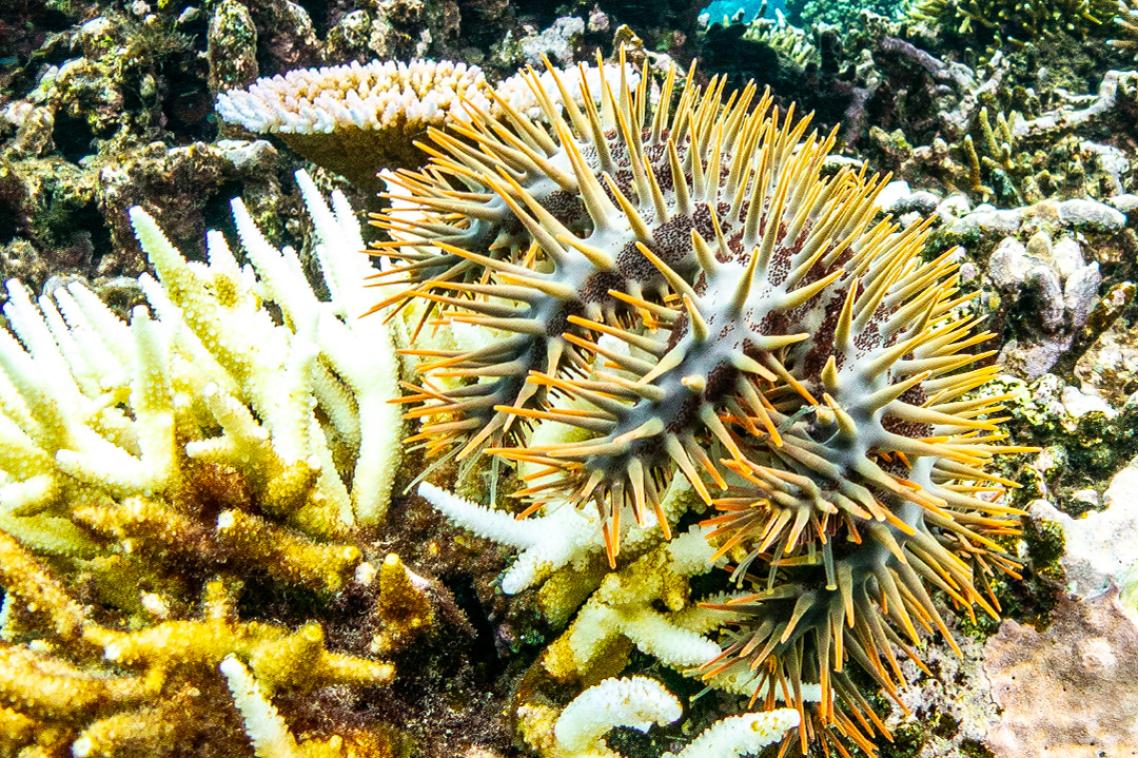Slope stability radar goes commercial
A precision instrument created to monitor the stability of rock walls in open-cut mines is to be commercially launched in a Hunter Valley coal mine tomorrow.
This smart science instrument, known as a Slope Stability Radar, is mobile, weather-proof and ready to assess the stability of rock faces and rock piles.
It has emerged from the Cooperative Research Centre for Sensor Signal Processing and Information Processing based at The University of Queensland and is the end-product of pioneering research by PhD student Bryan Reeves and other researchers within UQ`s School of Information Technology and Electrical Engineering.
The trailer-mounted radar can monitor 320 degrees horizontally and about 120 degrees vertically and is sunproof, waterproof and dustproof to withstand extended periods outside watching high walls while miners work. It can detect minor rock movements of less than a millimetre that are often precursors to wall collapse, which threaten mine safety, equipment and viability.
University of Queensland`s Professor Dennis Longstaff said the Slope Stability Radar is opening up new opportunities to identify, monitor and measure geological processes in open-cut situations. Using the radar technology, traditional methods of manually monitoring stability at several points on the wall can now be expanded to about 10,000 points which enable mine managers to see the "whole picture" like never before.
When the radar is positioned on-location, anywhere between 50-450 metres from the rock wall, it records signals around the clock that can then be interpreted by geotechnical consultants via the Internet.
The Slope Stability Radar has been extensively tested in Queensland coal mines, but the 14-day funded trial currently underway in Coal and Allied’s Hunter Valley Operations in New South Wales will bring it to commercial reality.
The radar has been monitoring a low-wall in Hunter Valley Operations West Pit to detect movement and a radio link from the radar has been established to allow the information to be downloaded remotely.
The radar is being commercialised by GroundProbe Pty Ltd and has application in coal-mines as well as hard-rock mines such as copper, lead and zinc. Other uses may include monitoring of movement in dam walls, cuttings through roadways, stability of tall buildings, and the stability of snow above ski slopes.
The research was supported by a $285,000 grant from the Australian Coal Association Research Program (ACARP), and a $198,000 R&D START loan from the Commonwealth Government.
Media: For more information contact Professor Dennis Longstaff on 07 3365 3871 or 0412 027 378, Dr David Noon, telephone 0417 627 182, Mr Keith Potts, telephone 0419 778 805 or Peter McCutcheon at UQ communications on 07 3365 1088. There will be a demonstration of the instrument on Thursday June 27 from 1100 to 1330. Contact Dr Noon for more details.
Related articles

UQ professor joins WHO advisory group on alcohol and drug use

Crown-of-thorns control boosts coral growth in a warming world
Media contact
UQ Communications
communications@uq.edu.au
+61 429 056 139
